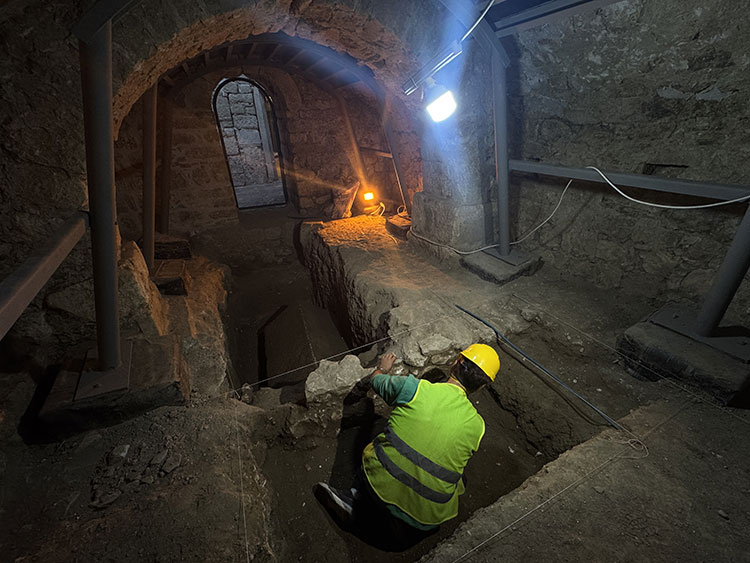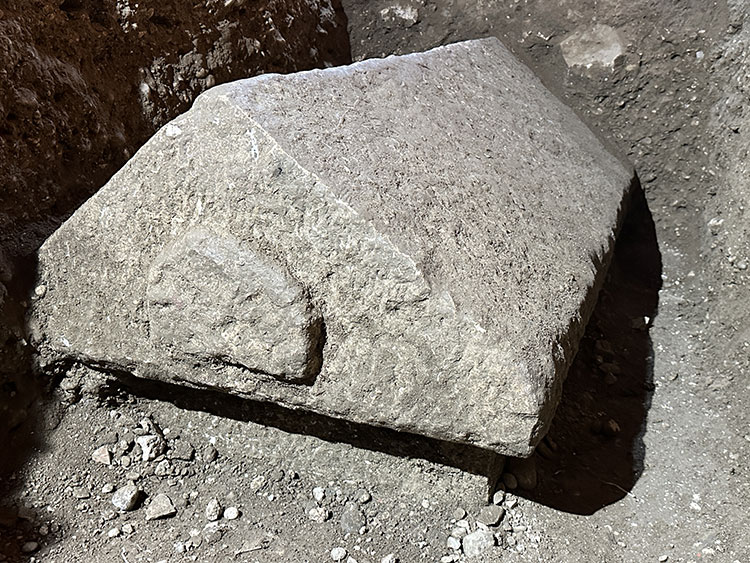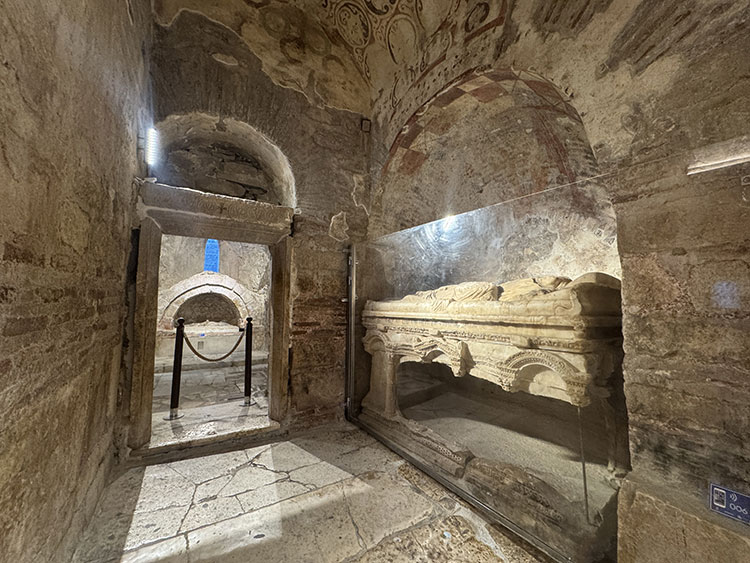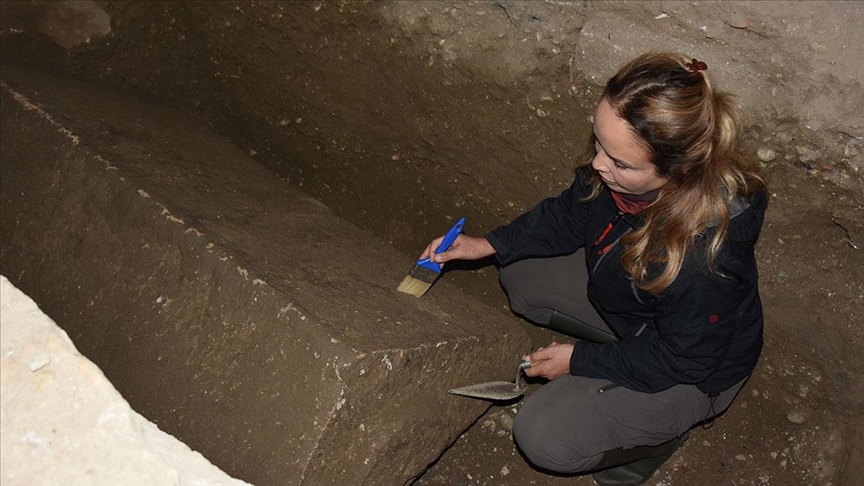
The tomb of St. Nicholas, known as Santa Claus, may have been found
The tomb of St. Nicholas, the Bishop of Myra, who is believed to have inspired the character of Santa Claus, is thought to have been discovered.
The tomb of St. Nicholas, the Bishop of Myra, is believed to have been discovered during excavations near the church thought to have been built after his death. Since 1989, the excavations have been led by Assoc. Prof. Dr. Ebru Fatma Fındık from Hatay Mustafa Kemal University.
Dr. Fındık stated, “Our excavation work continues to provide new scientific data. As part of the project, we are conducting studies in a two-story extension that borders the church courtyard to the south, which is 20 meters long. During the drilling work inside this structure, we encountered a surprising sarcophagus, which certainly made us very happy.”

The sarcophagus is made of local limestone and belongs to a group of unadorned sarcophagi. It has a slightly elevated, arched lid and is approximately 2 meters long, with the underground portion believed to be 1.5 to 2 meters deep.
Before reaching the sarcophagus through drilling, the excavation team encountered animal bones and numerous fragments of terracotta lamps.

Fındık expressed, “Our greatest expectation is to find an inscription on the sarcophagus. This will help us illuminate the burial inside and allow us to more clearly express which period the sarcophagus belongs to. Currently, we can see the lid of the sarcophagus, and we have uncovered a small portion of its base. In the coming times, we will delve deeper and completely reveal the sarcophagus. It is still early to determine the date of the sarcophagus. It would be much more accurate to provide this information once we complete our scientific studies.”

Fındık believes that the findings will provide important information to clarify questions regarding the burial site of St .Nicholas.
She noted, “Some historical sources state that St. Nicholas was buried near a sacred site in the city of Myra. The discovery of a sarcophagus near the church, which is thought to house his burial site, suggests that this may indeed be the sacred area in question. We can say that we have reached archaeological evidence that confirms historical sources regarding the burial site of St. Nicholas as the sacred area of the city.”
Cover Photo: Zehra Tekeci/Anadolu Agency
You may also like
- A 1700-year-old statue of Pan unearthed during the excavations at Polyeuktos in İstanbul
- The granary was found in the ancient city of Sebaste, founded by the first Roman emperor Augustus
- Donalar Kale Kapı Rock Tomb or Donalar Rock Tomb
- Theater emerges as works continue in ancient city of Perinthos
- Urartian King Argishti’s bronze shield revealed the name of an unknown country
- The religious center of Lycia, the ancient city of Letoon
- Who were the Luwians?
- A new study brings a fresh perspective on the Anatolian origin of the Indo-European languages
- Perhaps the oldest thermal treatment center in the world, which has been in continuous use for 2000 years -Basilica Therma Roman Bath or King’s Daughter-
- The largest synagogue of the ancient world, located in the ancient city of Sardis, is being restored











Leave a Reply